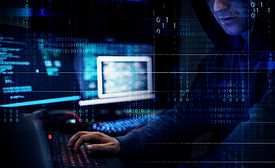Web Exclusive Stories
The hidden threat of business collaboration tools
Your organization risks compliance and disaster protection shortcomings unless your data management practices catch up with the evolution of information sharing.
October 4, 2021
Sign-up to receive top management & result-driven techniques in the industry.
Join over 20,000+ industry leaders who receive our premium content.
SIGN UP TODAY!Copyright ©2024. All Rights Reserved BNP Media.
Design, CMS, Hosting & Web Development :: ePublishing













